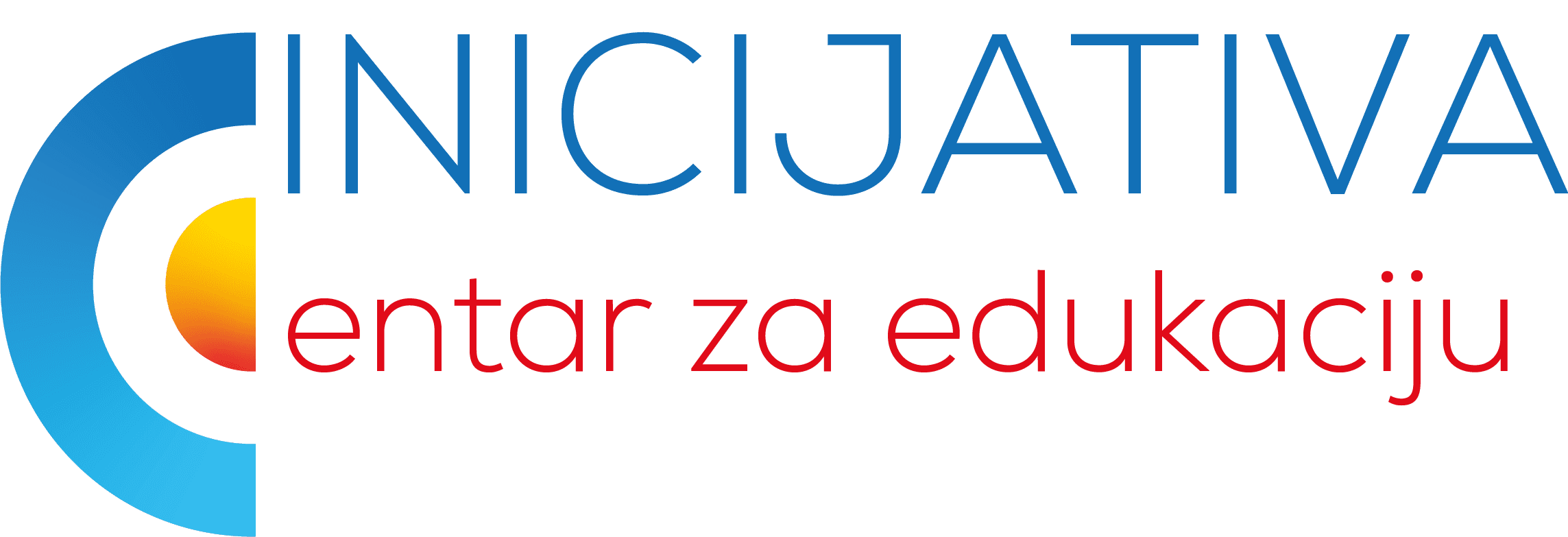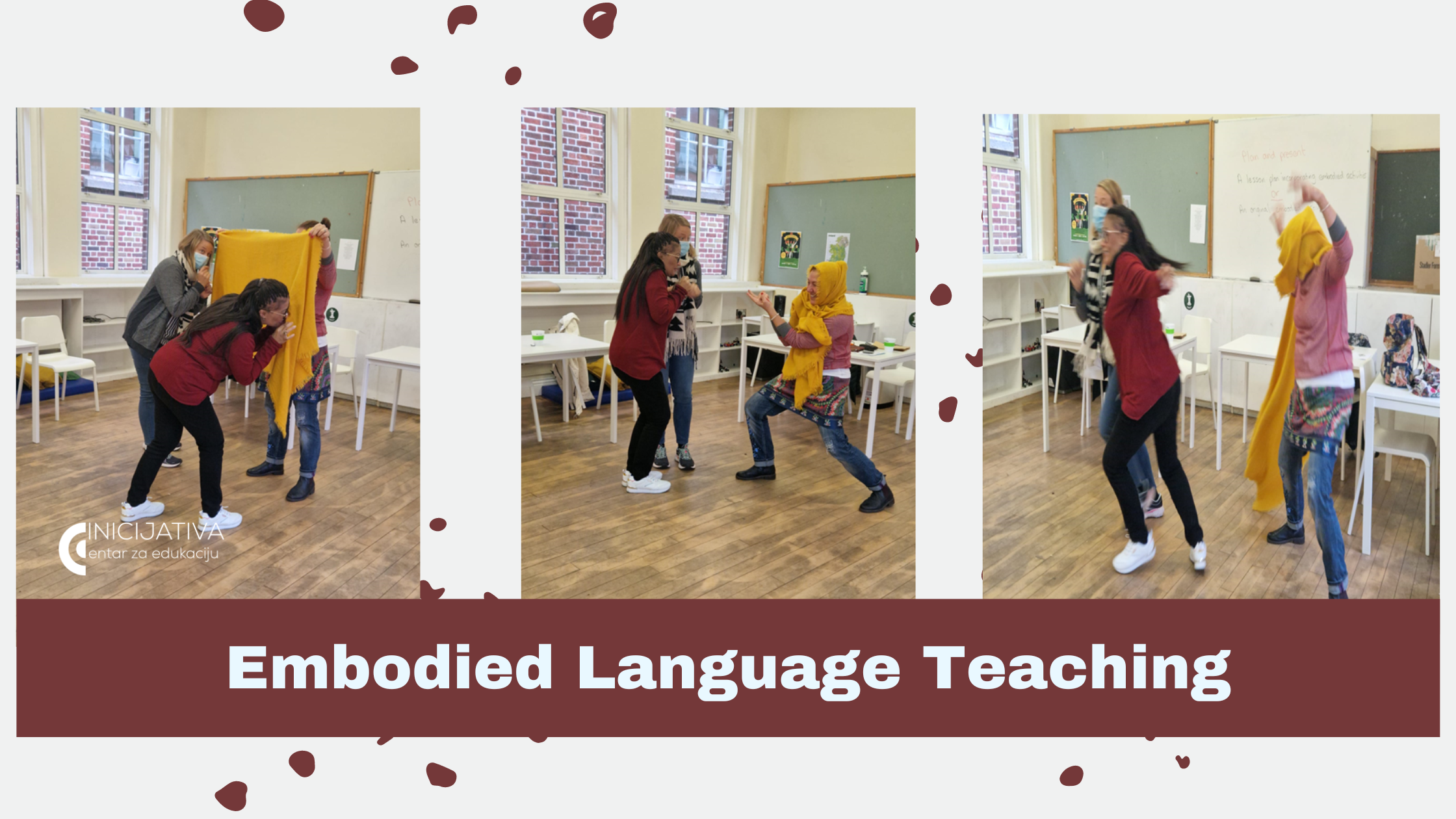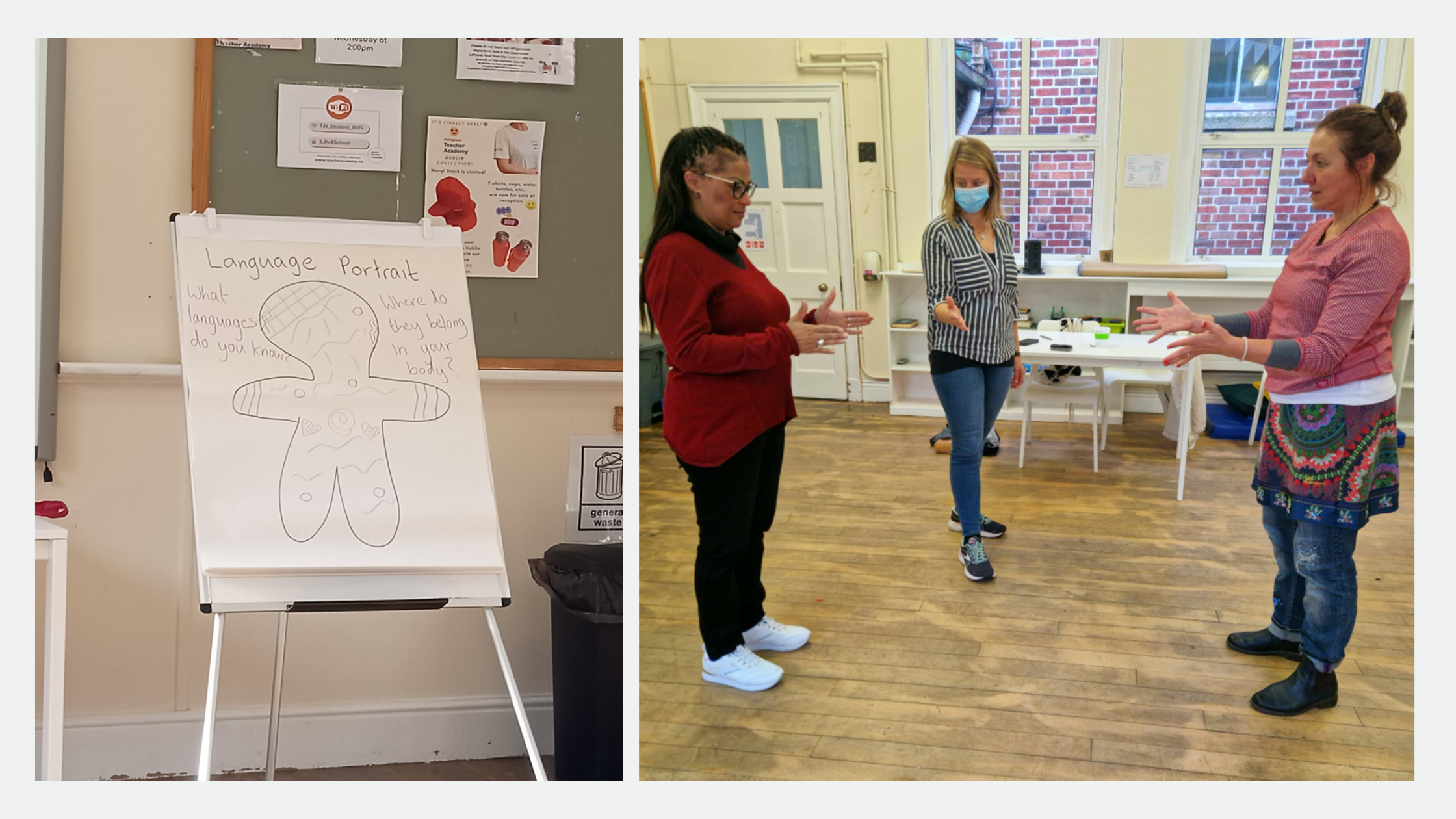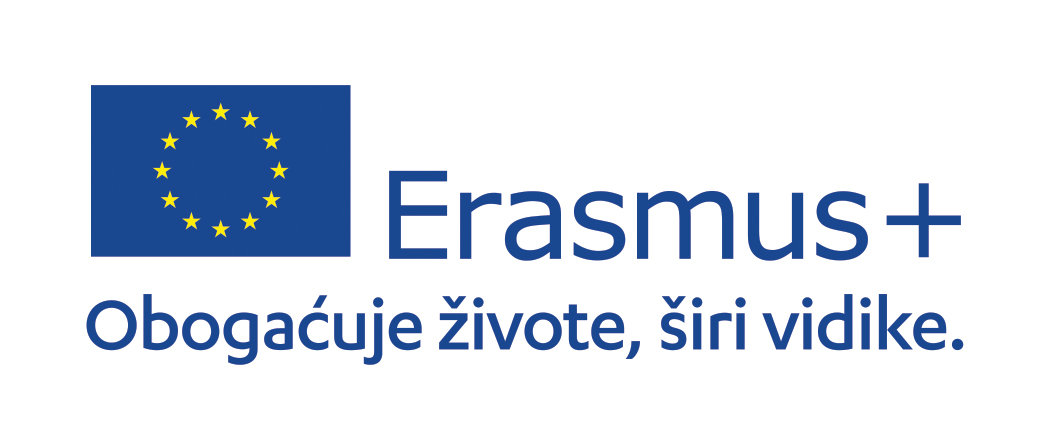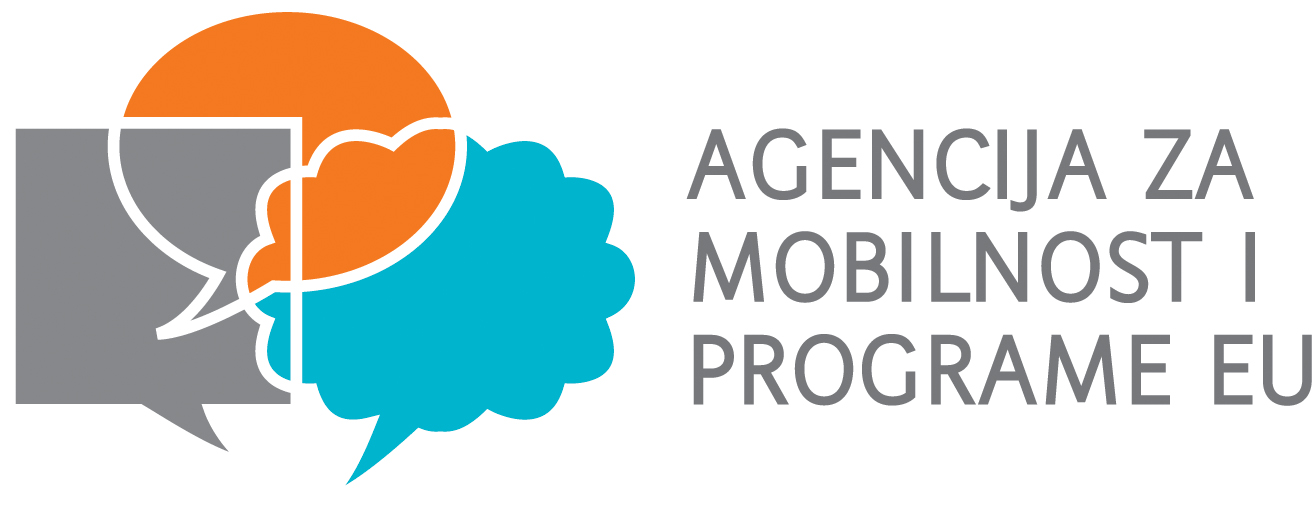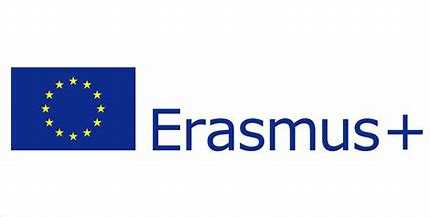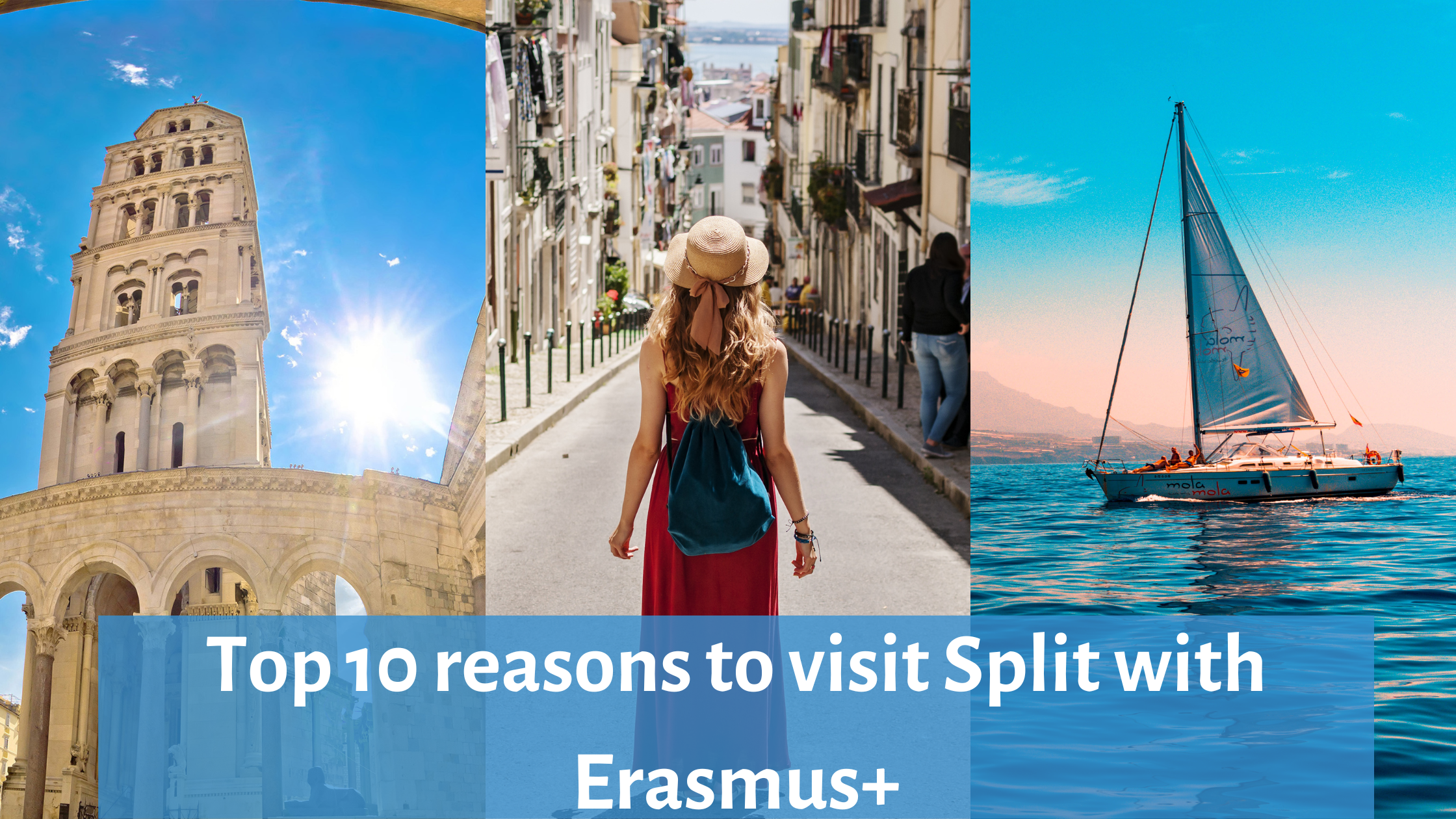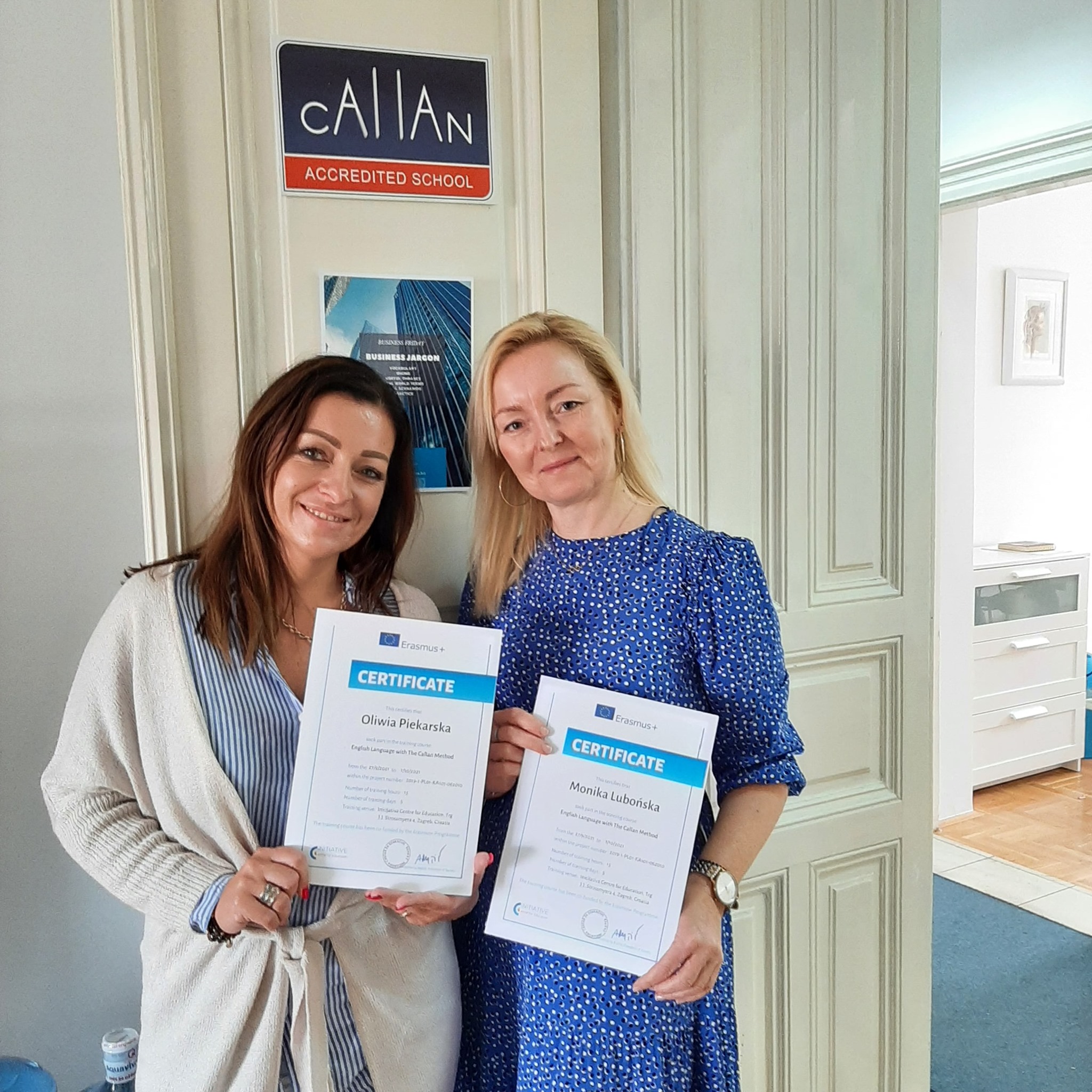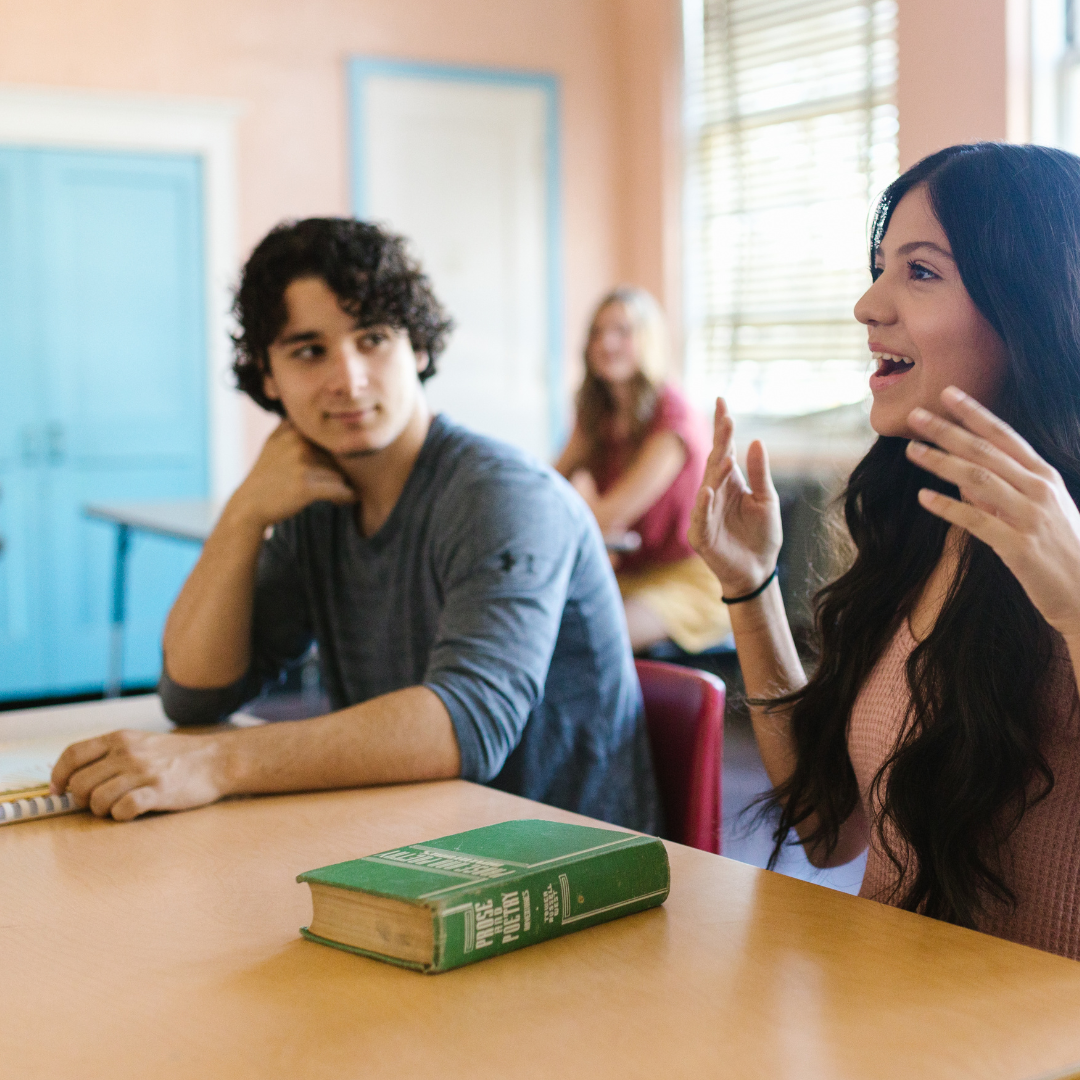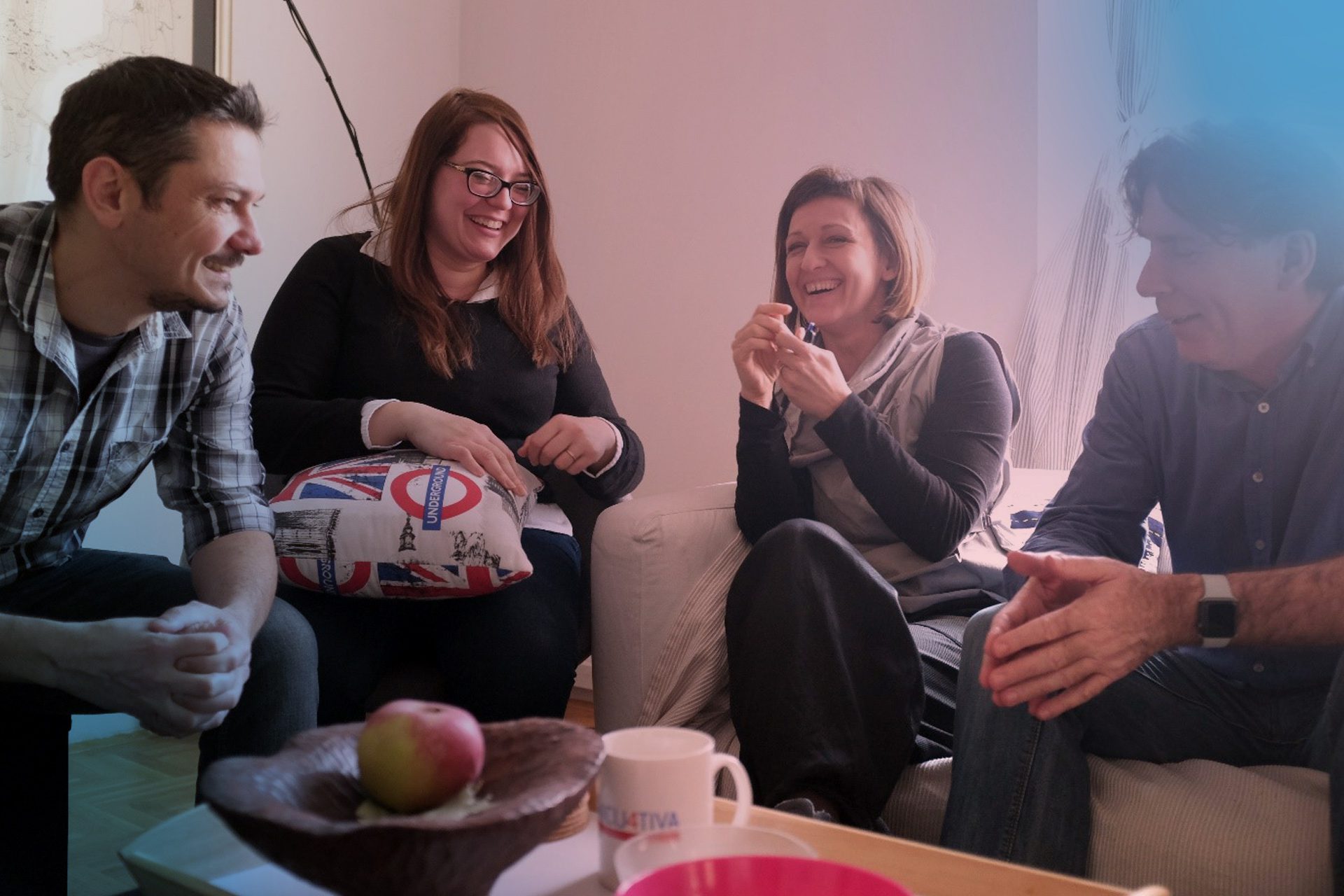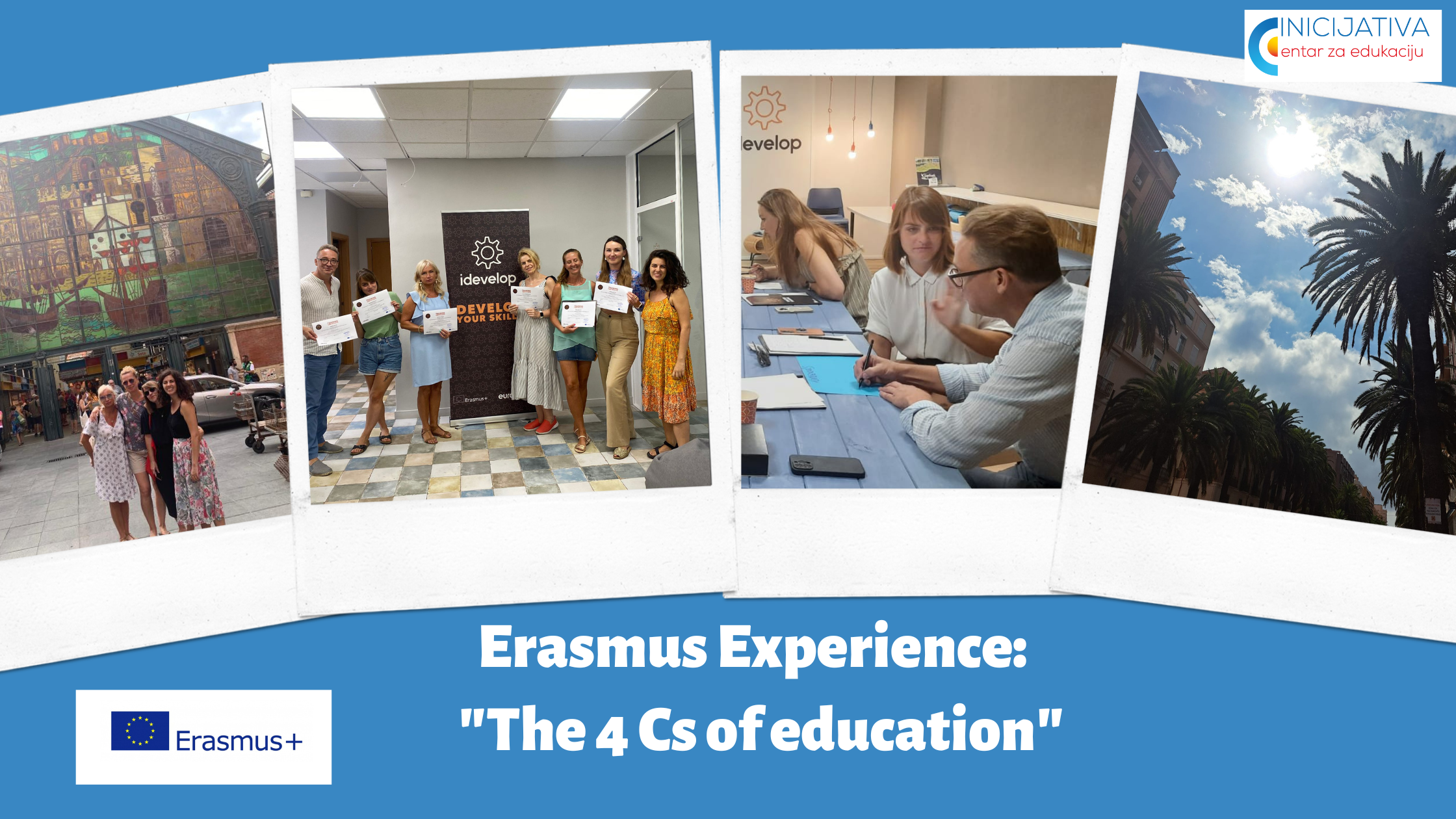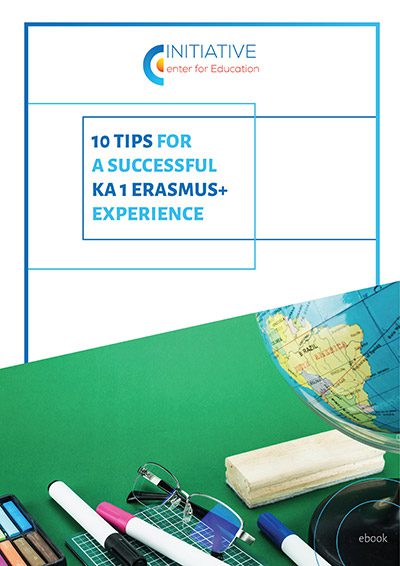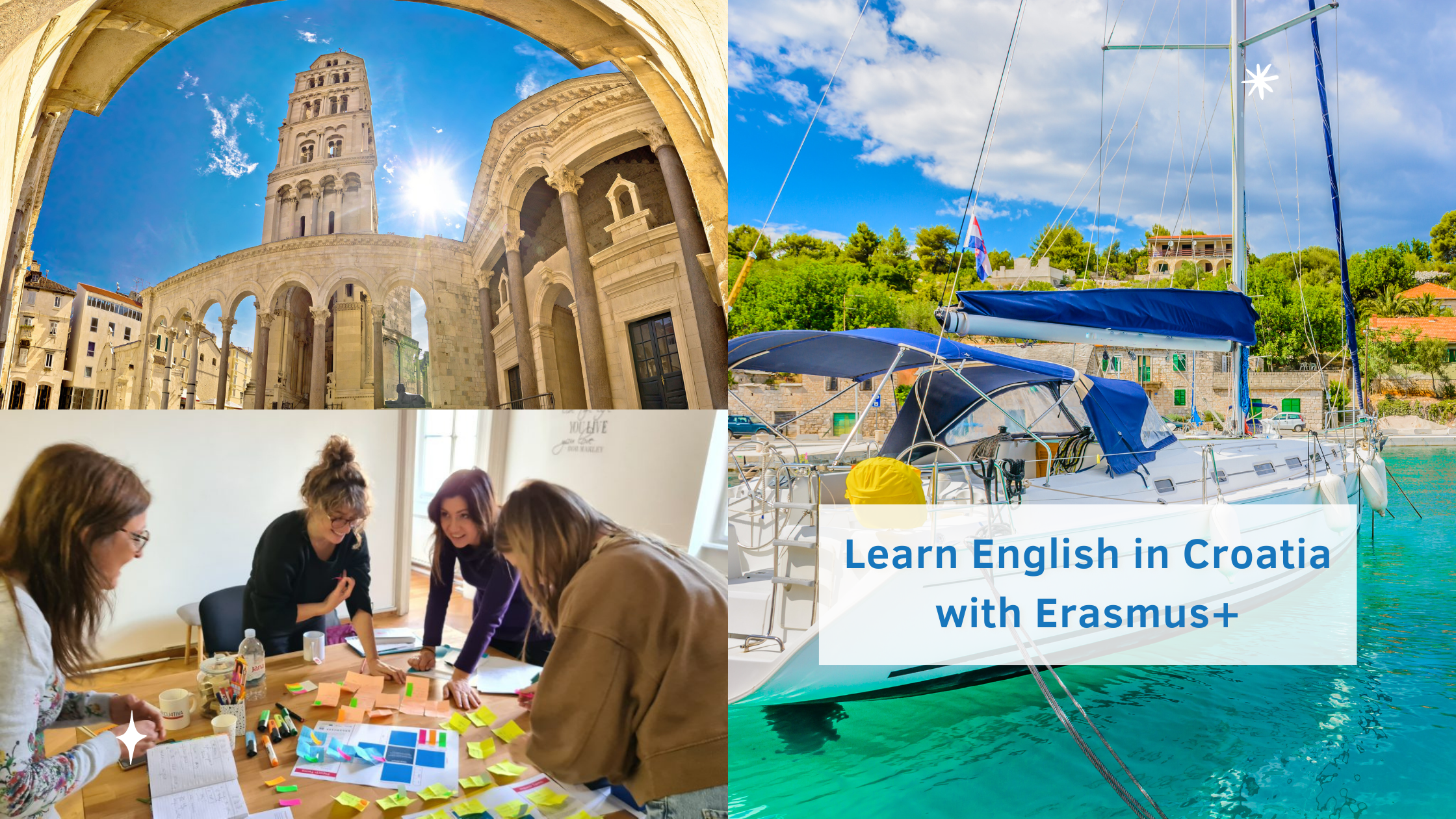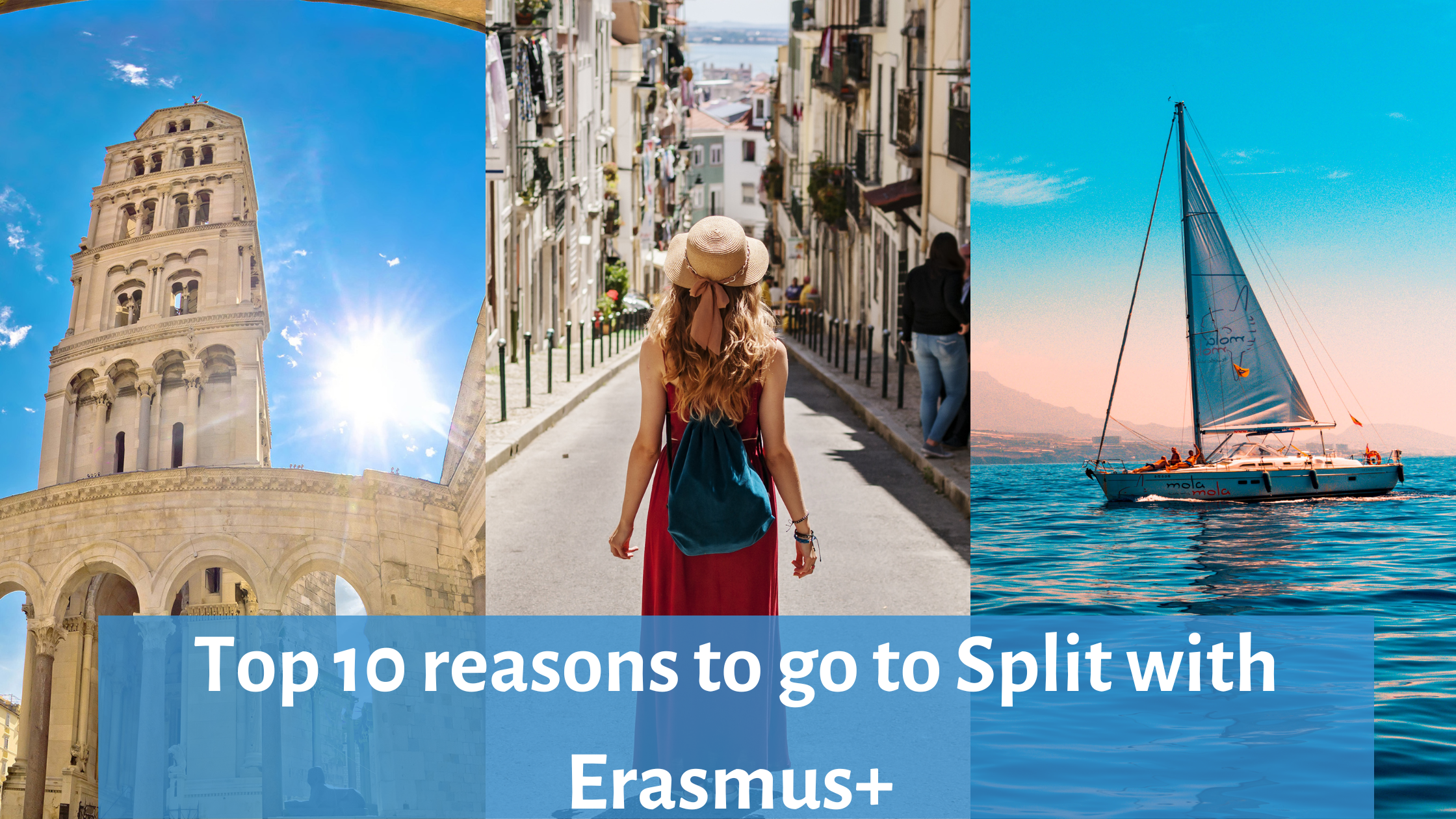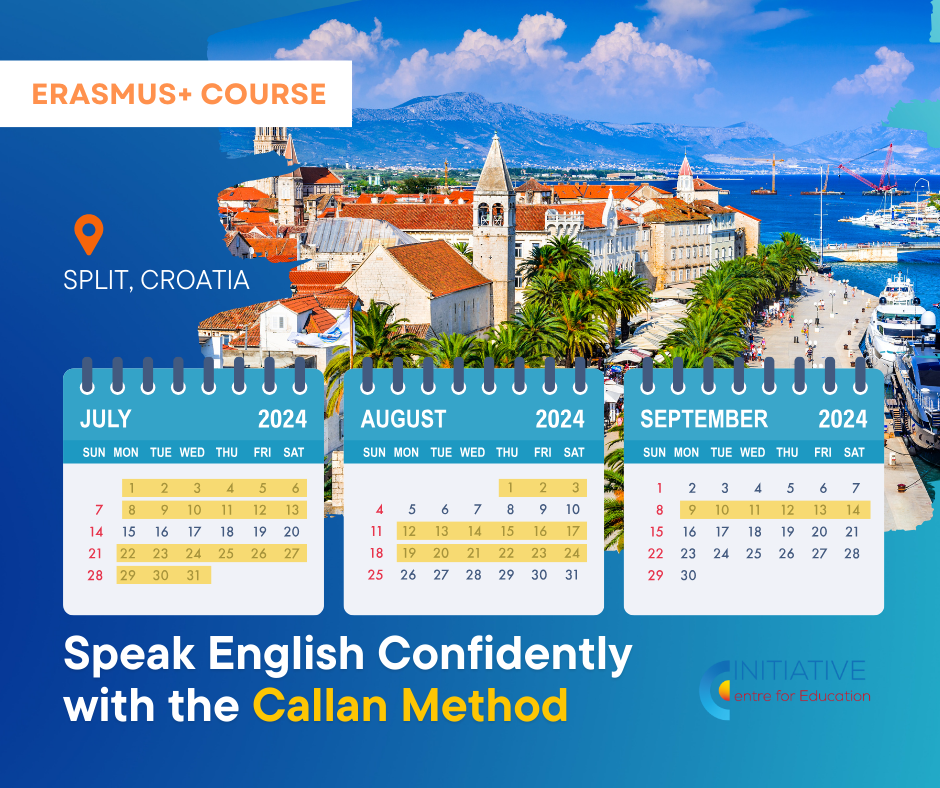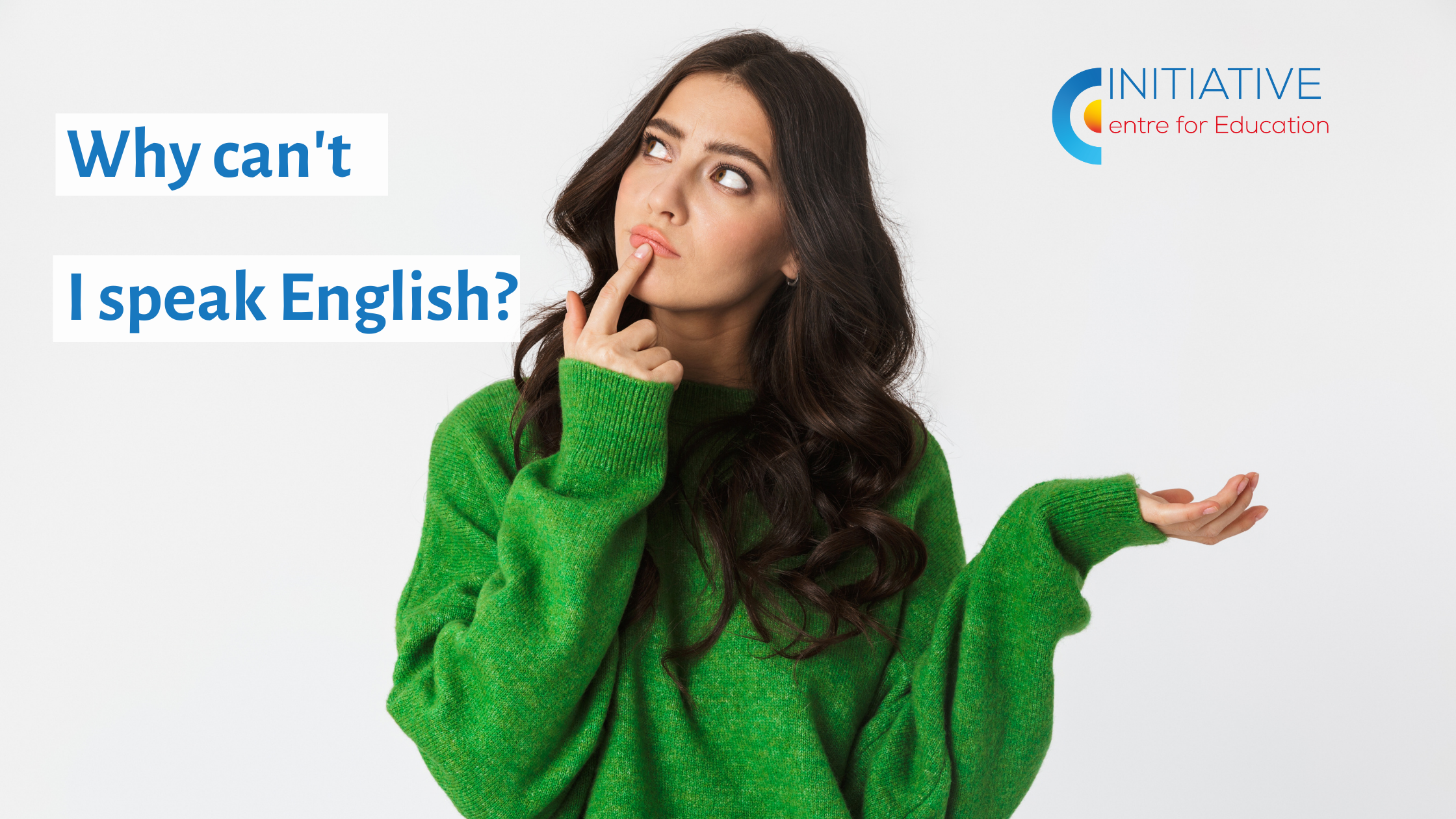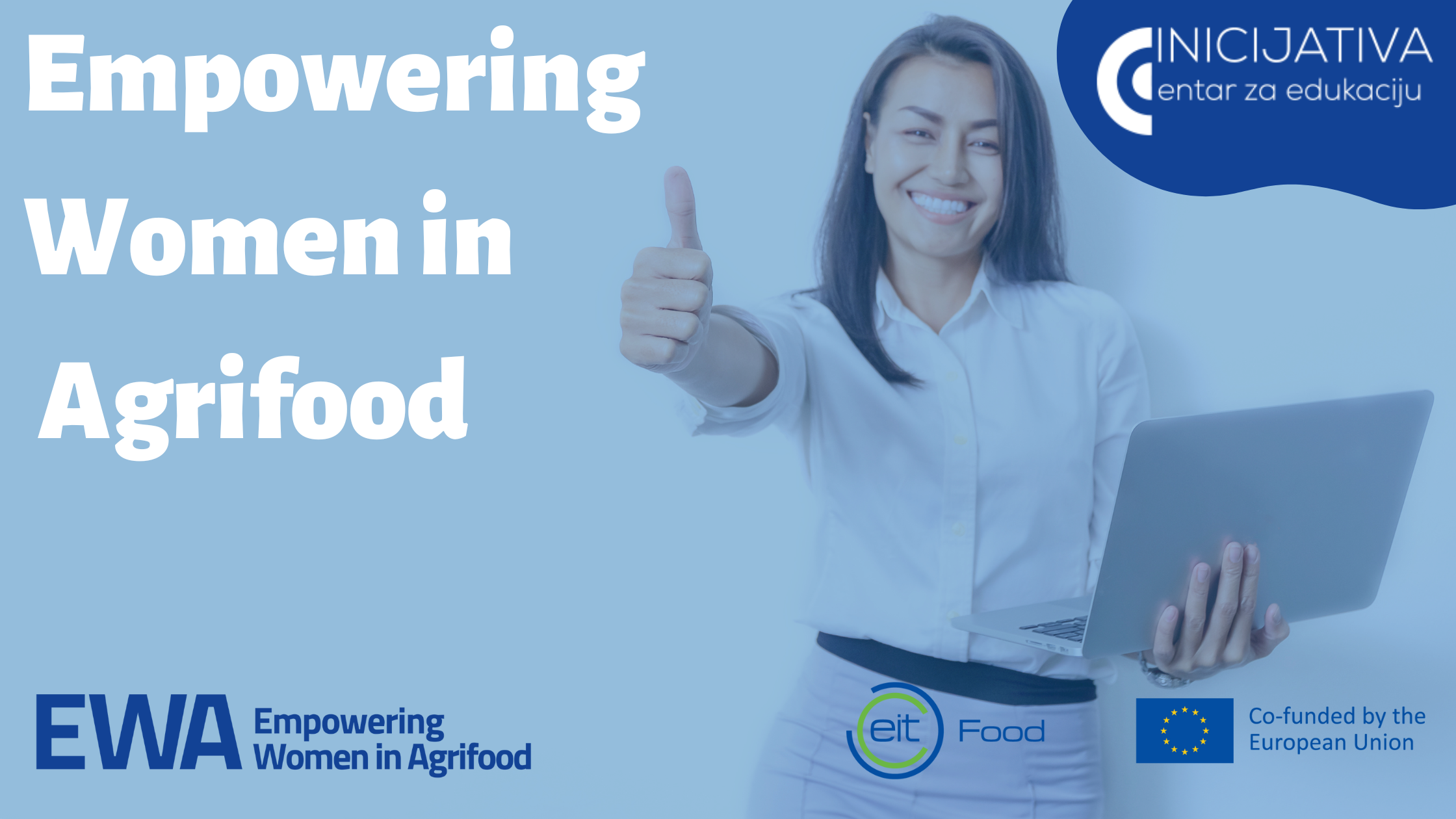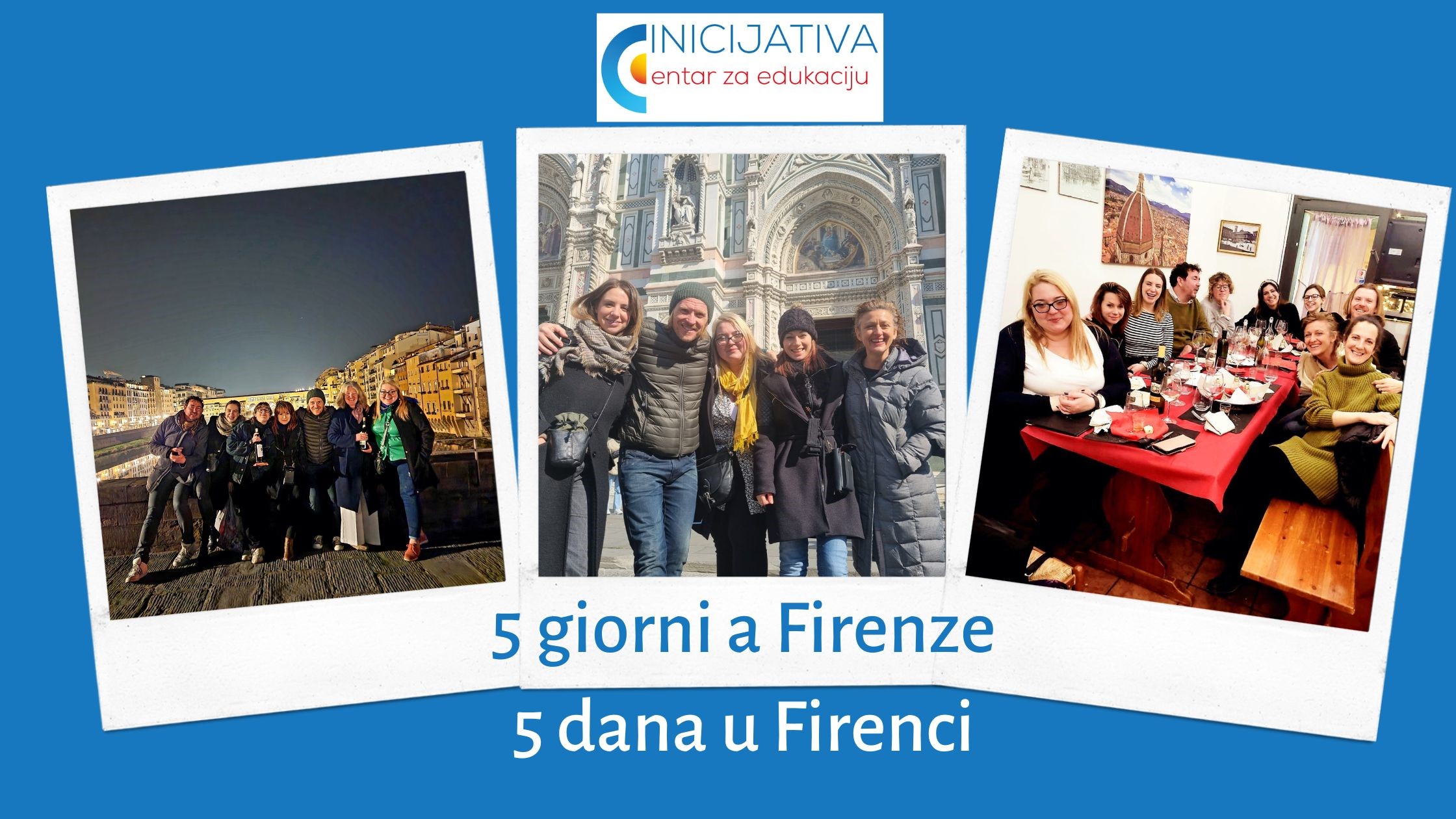Let’s talk a little bit about how to simplify your marketing for better results.
I know many of you are already doing some form of marketing, but is it working for you? Or does it feel like you’re just doing things because you feel like you should?
Marketing can be overwhelming—especially when you’re trying to run a business in agriculture, but here’s the thing: It doesn’t have to be complicated.
You just need to get really clear on who your ideal customer is.
Know Your Ideal Customer
This is where it all begins. Many businesses make the mistake of trying to appeal to everyone, but that’s not where the magic happens. You need to know exactly who your product or service is for, and the more specific, the better.
Ask yourself:
- Who can you really help?
- What does their life look like?
- What are their goals, aspirations, and pain points?
- What are they worried about? What are their fears?
- What are their key drivers—what motivates them to act?
Take time to figure out your ideal customer’s demographics, like age, gender, location, and profession. But don’t stop there. Get to know what drives them, what keeps them up at night, and how you can help them.
The more you understand your ideal customer, the more you can tailor your message to show them that you get it. And that’s when your marketing will truly resonate.
Focus on Transformation, Not Just Features
One of the biggest mistakes in marketing is focusing too much on the features of your product or service. Features are great, but your customer wants to know one thing: How will this improve my life?
Let’s say you sell organic, farm-fresh vegetables. Instead of talking about how fresh and healthy they are (which is important, but expected), talk about the transformation.
How will their day-to-day life improve after they start buying from you?
- Will they feel healthier, with more energy?
- Will they feel proud to serve farm-to-table meals to their family?
- Will they feel a connection to sustainable practices and the land?
- Will they finally find a reliable source of quality produce that meets their standards?
Get your customer to imagine their “before” and “after”—what their life looks like without your product, and how much better it could be with it. When you paint that picture, you’re no longer just selling a product. You’re offering a solution, a lifestyle, a transformation.
Show Your Customer You Care
Here’s the truth: People want to feel understood. They want to know that you don’t just care about making a sale—you actually care about helping them. When your ideal customer feels like you see them and you understand their challenges, they’re much more likely to trust you.
So how do you do this?
Talk to them about their real problems, their real struggles. Let them know you’ve been there, and you know what it’s like. Then show them how your product or service is the answer they’ve been looking for.
Let them feel that you’re not just another business trying to sell them something—you’re a partner in helping them improve their life, farm, or business. That’s the power of authentic marketing.
The Simplicity of Focused Marketing
When you’re crystal clear about who your ideal customer is, and you focus on the transformation you can provide, marketing becomes a lot simpler. You’ll know exactly what to say, where to say it, and how to say it in a way that connects deeply with your audience.
This is the kind of marketing that works. It’s not about doing everything or being everywhere—it’s about knowing exactly who you’re talking to and how you can help them.
So, before you run your next ad or send your next email, ask yourself: Do I really know who my ideal customer is? And am I showing them how my product can change their life?
When you do that, you’re not just marketing. You’re creating a relationship—and that’s what turns customers into loyal, lifelong supporters of your business.
